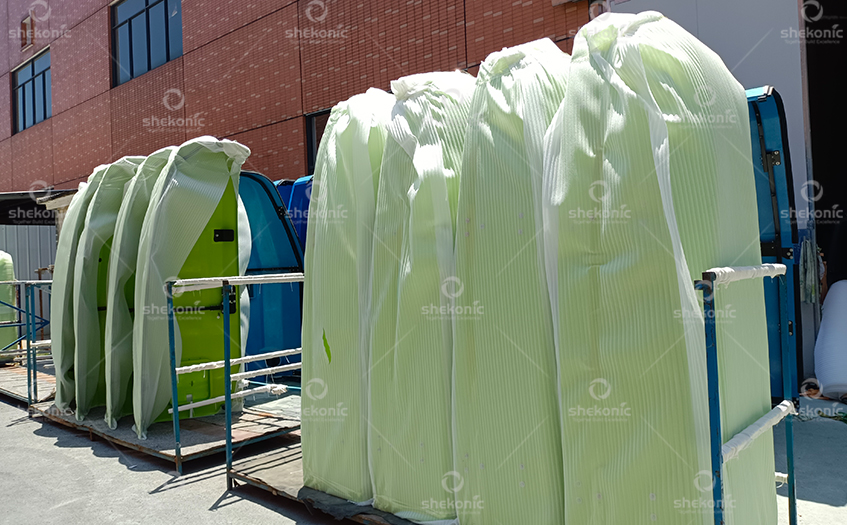CFRP composite is a lightweight, strong material that is widely used in the manufacture of many of the products we use in our daily lives. Carbon fiber reinforced composite material, referred to as carbon fiber composite material, refers to a fiber reinforced composite material using carbon fiber as the main structural component. It should be noted that "P" in CFRP composites can not only represent "polymer", but also "plastic".
In general, thermosetting resins such as epoxy, polyester, or vinyl ester are often used in CFRP composites. Although thermoplastic resins are also used in CFRP composites, "carbon fiber reinforced thermoplastic composites" are often named CFRTP composites, which stands for the acronym of the English name Carbon Fiber Reinforced Thermoplastic Composites.

When we work with composite materials, it is important to understand the terms and abbreviations specific to a material. More importantly, however, the properties of FRP composites and their various reinforcements, such as carbon fibers, must be understood.
Properties of carbon fiber composites Carbon fiber reinforced composites are different from other FRP composites that use traditional fibers such as glass fibers or aramid fibers. The excellent properties of CFRP composites include: Light weight - traditional glass fiber reinforced composites Continuous glass fibers are used at 70% (weight glass/total weight) and typically have a density of 0.065 pounds per cubic inch.
High strength - Although CFRP composites are light in weight, CFRP composites have higher strength and greater stiffness per unit weight than glass fiber composites. When compared with metal materials, this advantage is even more prominent.
For example, experience tells us that CFRP material is only 1/5 of the weight of steel under equal strength conditions compared to steel. It is conceivable why all car manufacturers are researching the use of carbon fiber instead of steel to improve the performance of their products.
When CFRP composites are compared to aluminum, one of the lightest metals, the basic assumption is that aluminum of equal strength weighs about 1.5 times as much as a carbon fiber body.
Of course, there are many other variables in the experiment that may affect the comparison results. For example, the grade and quality of the materials are different, and the compounding process, production process, fiber structure and quality also need to be considered.
Disadvantages of carbon fiber composites High cost - despite the excellent properties of CFRP composites, why is carbon fiber not widely used in product production? Currently, the production cost of CFRP composites is prohibitive. Depending on the current market situation (supply and demand), the type of carbon fiber (aerospace vs. commercial grade), the size of the fiber bundle, and the price of the fiber is also very different.
The price per pound of carbon fiber raw materials can range from 5-25 times the price of glass fiber. Compared with steel, the high cost of CFRP materials is even more prominent.
Electrical conductivity - this can be both an advantage for carbon fiber composites and a drawback in practical applications. Carbon fiber is extremely conductive, while glass fiber is insulating.
No. 300 Xianglian Avenue, Tianyuan District, Zhuzhou
Jesse Yang +86 15555123655 Wayne Lee +86 18101877097
Copyright © 2018-2022 cld. All rights reserved. Shekonic Composites Co., Ltd
